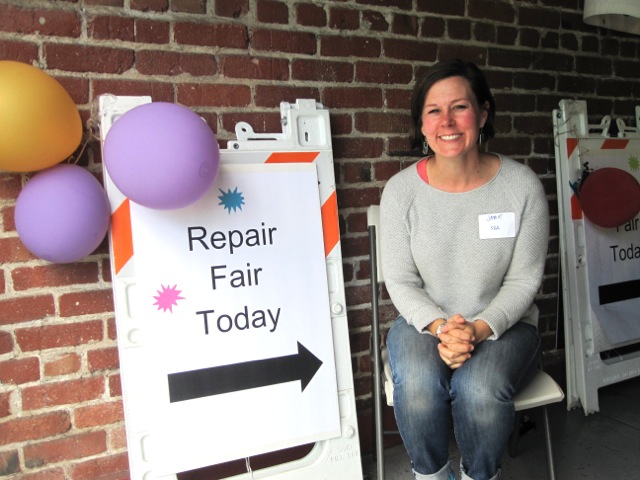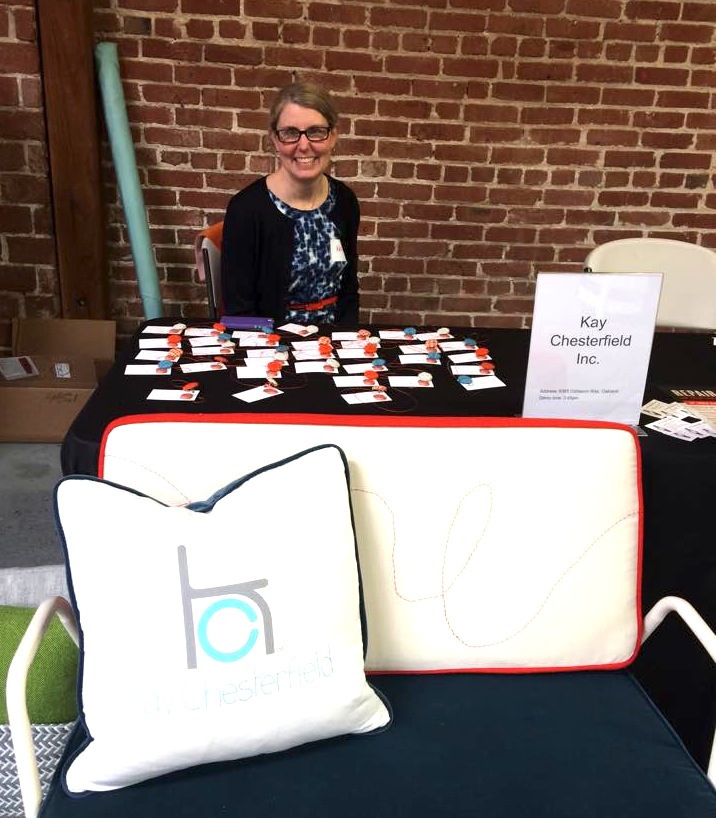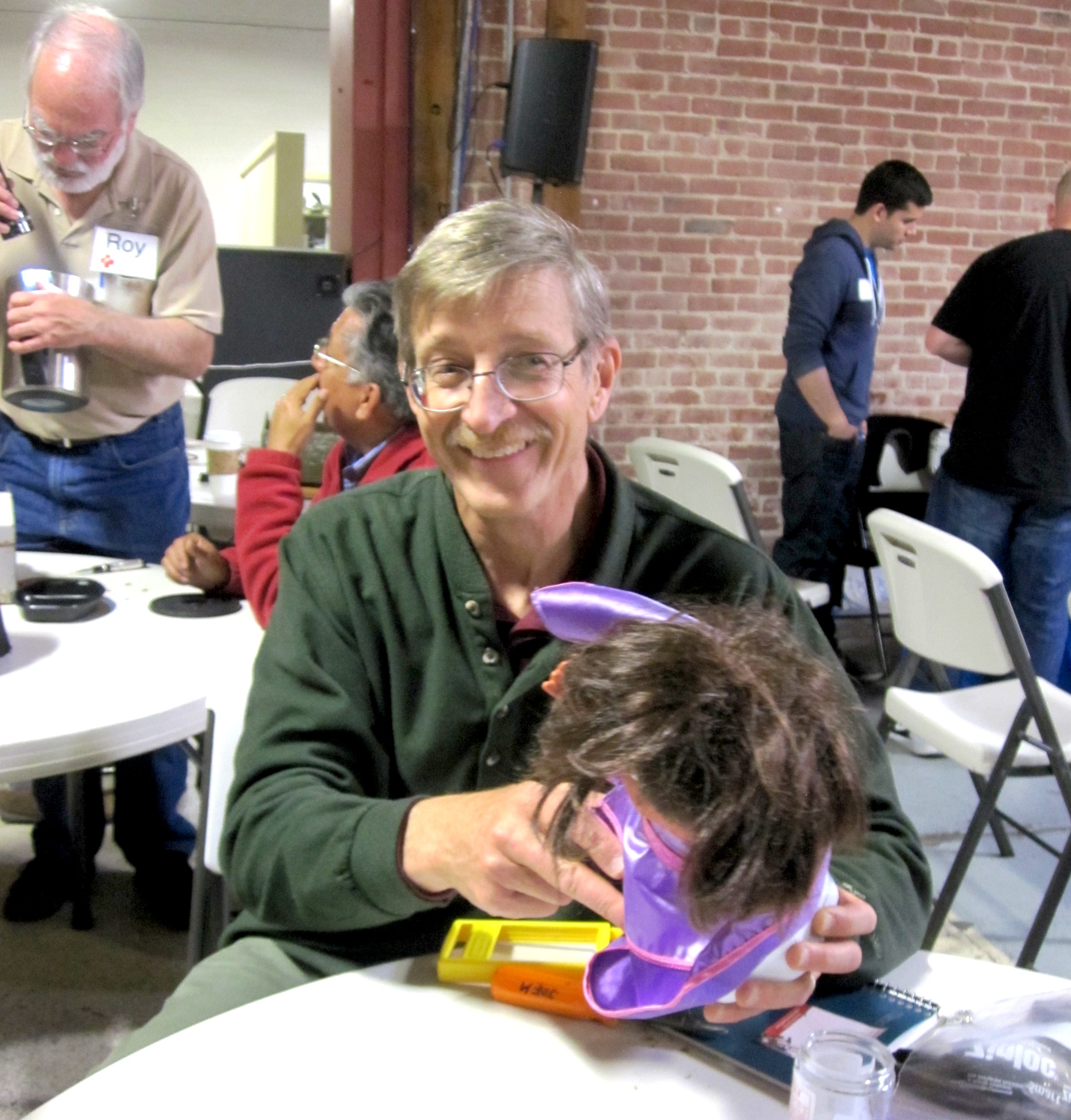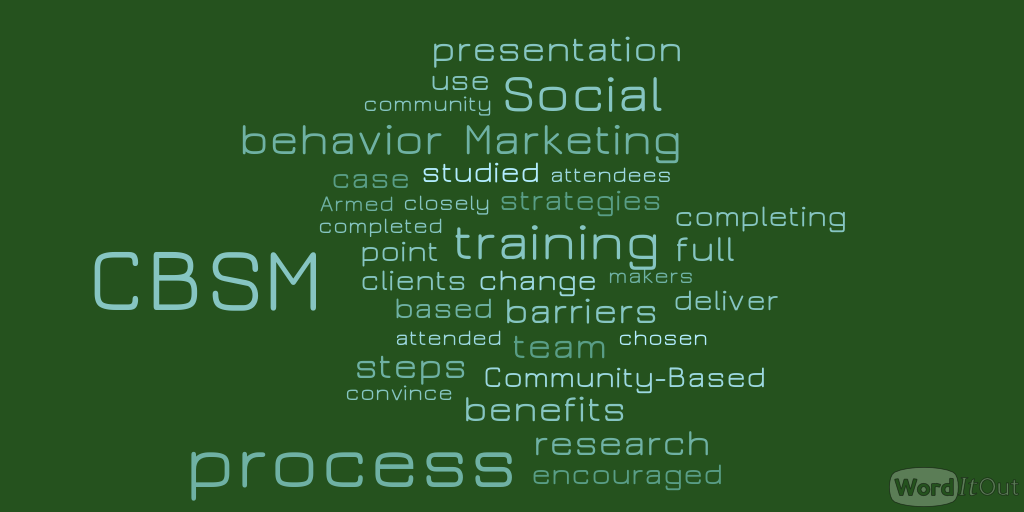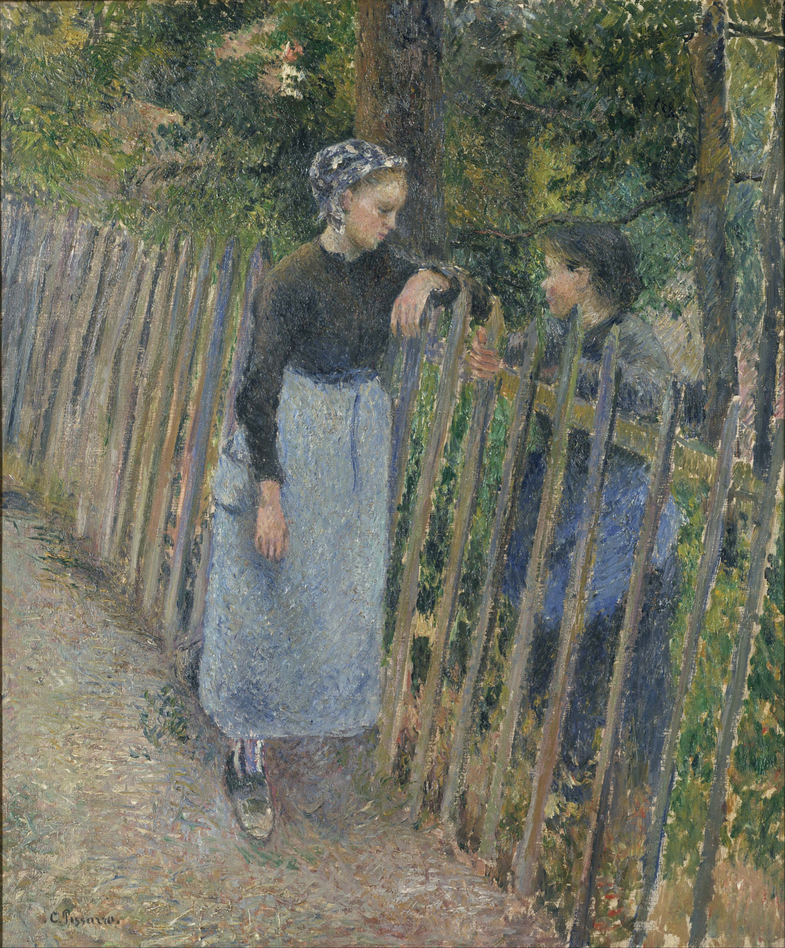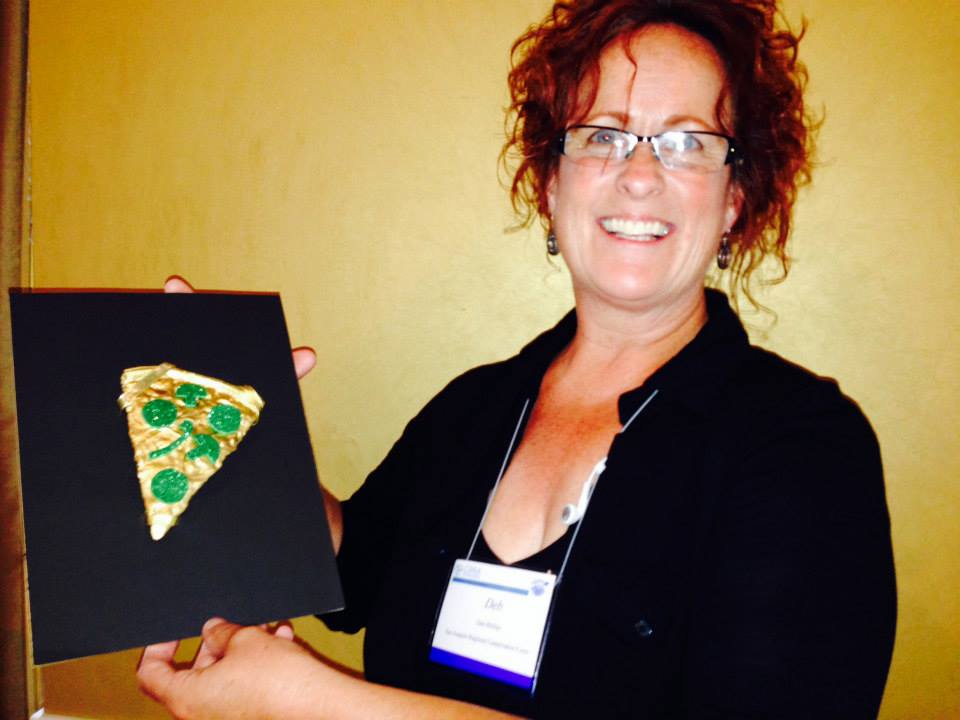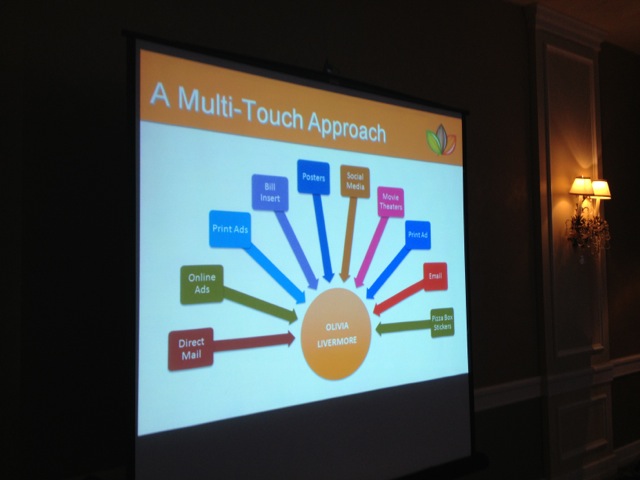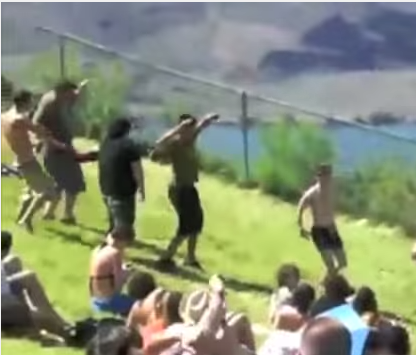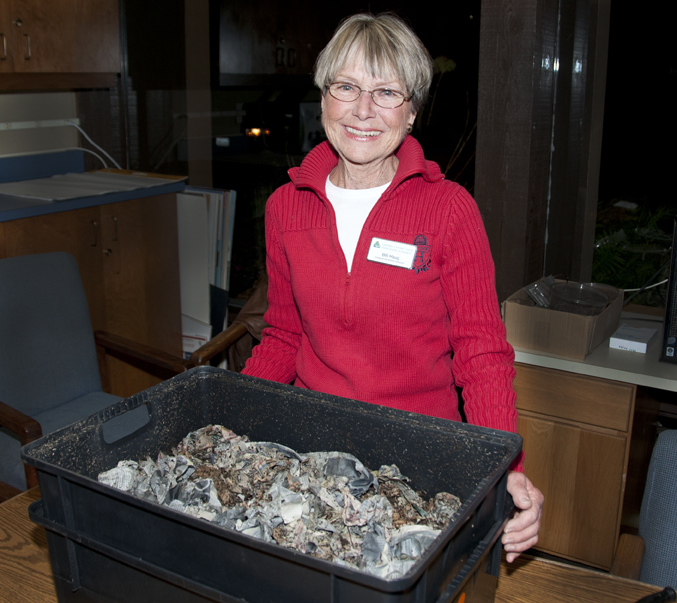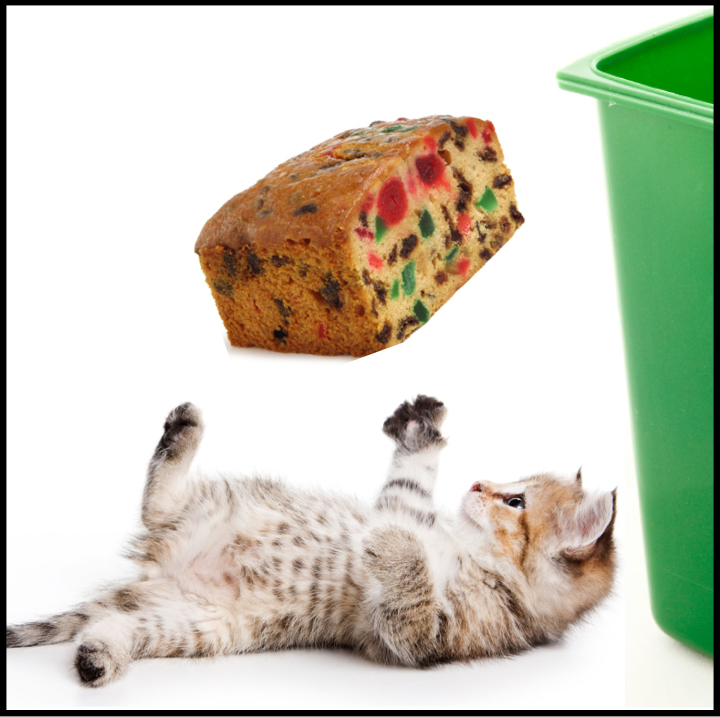
Haulers, waste agencies and environmental outreach professionals have been working for decades to improve the U.S. recycling rate, yet overall the country’s recycling rate is around 34 percent – so there is much room for improvement.
Part of the challenge that we see is putting the emphasis on operational facts before attracting people with an emotional appeal. Search for “recycling” in YouTube and you get almost 900,000 results. Most of the top hits focus on how to recycle. Some examine if it works, or problems with recycling. But very few focus on why people should recycle, which is a very important factor in encouraging behavior change. In fact, the video results indicate how we take recycling for granted, assuming everyone is already on board and participating. The truth is, even with established behavioral practices, it helps to periodically boost morale with a new appeal that is fun, moving, or otherwise stirs our feelings.
There’s a kind of taxonomy that emerges if you look at enough videos that encourage recycling. Here are some categories with examples of different approaches, mostly light-hearted, that aim to increase recycling and composting activities:
“Here’s What to Do”
This is a classic “what goes where” video from Livonia, Michigan. The viewer is given no context, no appeal to emotion, just “this is what to do.” (And it’s not so simple, either!). While the information is important, the delivery could be more compelling:
Hot Tunes and Celebrity Sightings
This 1991 classic from an earlier time of recycling outreach has action-packed celebrity sightings and groovy music in an attempt to make recycling cool. The video played on MTV and in move houses and was part of an integrated campaign by the Take it Back Foundation that included classroom curricula and the development of a resolution introduced to the House and Senate to declare April 15 “National Recycling Day.” It’s a great example of use of using a catchy campaign to increase awareness. (Bonus – how many of the celebs can you name?)
This Cal Recycle video combines humor and a self-deprecating celebrity “endorsement” from Ed Begley Jr., as the public is shown that you don’t have to be a star to make a difference.
Personifying Trash
Some campaigns take the point of view of the stuff being recycled rather than the recycler, as in this video from Keep America Beautiful. It was created following research that showed that only 10 percent of Americans have a recycling bin in their bathroom:
Personifying the Bin
If creating empathy for trash doesn’t help, how about empathy for the recycling and compost bins? Here’s one example from the UK, aimed at making folks more mindful of those useful outdoor bins:
At Gigantic, we thought that creating an organics cart mascot would raise awareness, and use of the green cart when we created this video for the City of Livermore:
We’ll be looking at the use of memorable messaging to increase recycling and composting participation during our session “Not Just the Facts, Ma’am: Getting the Message to Matter” at the CRRA conference this August. We hope to see you there!
